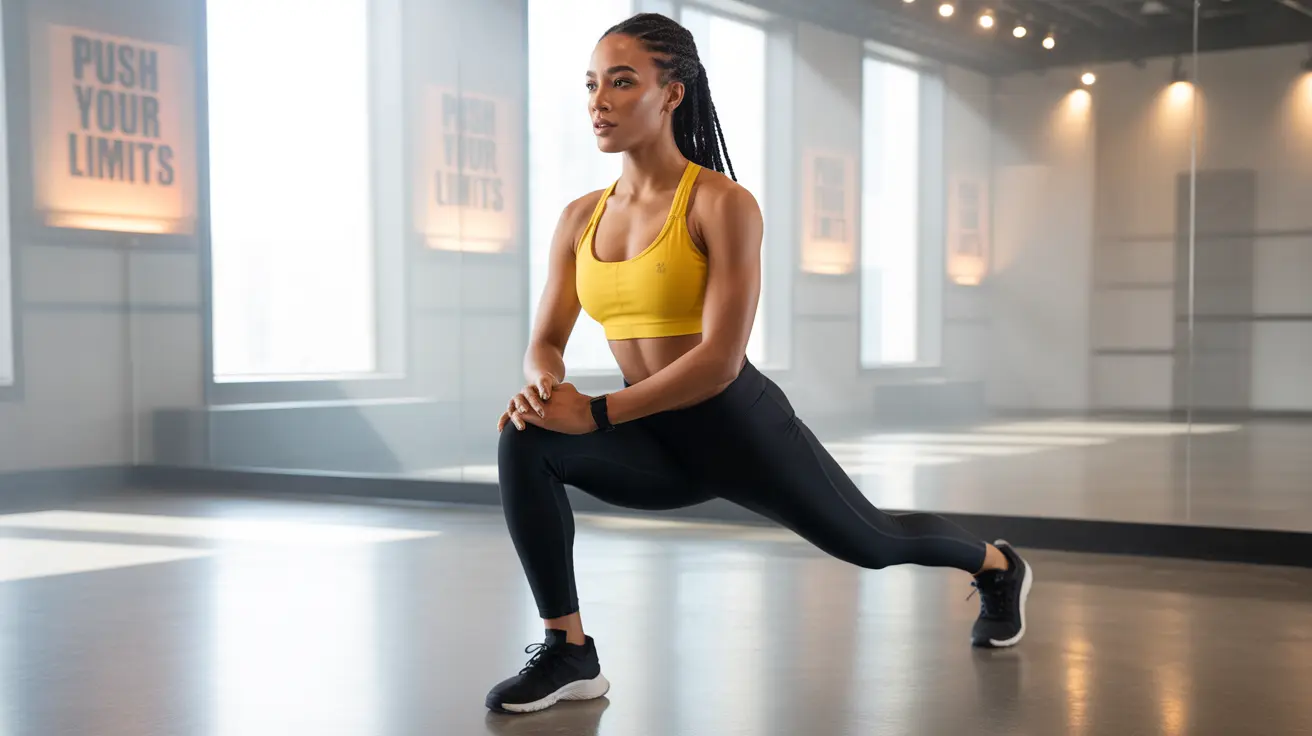The curtsy lunge is a dynamic lower-body exercise that adds a unique twist to traditional lunging movements. This versatile exercise not only targets multiple muscle groups but also helps improve stability, coordination, and functional strength. Whether you're a fitness enthusiast looking to diversify your workout routine or an athlete seeking to enhance performance, the curtsy lunge offers numerous benefits worth exploring.
Understanding proper form and technique is crucial for maximizing the effectiveness of curtsy lunges while preventing injury. Let's dive deep into everything you need to know about this powerful exercise.
Muscle Engagement and Benefits
The curtsy lunge primarily targets several key muscle groups:
- Gluteus medius and minimus
- Quadriceps
- Inner and outer thighs (adductors and abductors)
- Hamstrings
- Core muscles
This comprehensive muscle engagement makes the curtsy lunge particularly effective for:
- Enhancing hip stability
- Improving lower body strength
- Developing better balance
- Supporting proper knee alignment
- Increasing functional mobility
Proper Form and Technique
Follow these steps to perform a curtsy lunge correctly:
- Start standing with feet hip-width apart
- Step your right leg behind and across your left leg
- Lower your body while keeping your torso upright
- Bend both knees to create a curtsy position
- Push through your front heel to return to the starting position
Essential Form Tips
To maintain proper form throughout the movement:
- Keep your front knee aligned with your toes
- Maintain an upright torso
- Engage your core throughout the movement
- Keep your weight primarily in your front heel
- Avoid letting your back knee touch the ground
Common Mistakes and How to Avoid Them
Watch out for these frequent errors when performing curtsy lunges:
- Rotating the torso too much
- Letting the front knee cave inward
- Rushing through the movement
- Not stepping back far enough
- Losing balance due to poor core engagement
Variations and Modifications
For Strength Building
Try these variations to increase strength:
- Weighted curtsy lunges with dumbbells
- Pulse at the bottom of the movement
- Add a resistance band above the knees
- Incorporate pause reps
For Cardio Benefits
To enhance cardiovascular benefits:
- Perform curtsy lunges as part of a HIIT circuit
- Add a hop between transitions
- Increase speed while maintaining form
- Combine with other dynamic movements
Frequently Asked Questions
What muscles does the curtsy lunge primarily work and what are its benefits?
The curtsy lunge primarily works the gluteus medius, quadriceps, hamstrings, and adductors. Its benefits include improved hip stability, enhanced lower body strength, better balance, and increased functional mobility for everyday movements.
How do you perform a curtsy lunge with proper form to avoid injury?
Start standing with feet hip-width apart, step one leg behind and across the other, lower your body while keeping your torso upright, and push through your front heel to return to start. Maintain proper knee alignment and core engagement throughout the movement.
Can curtsy lunges help improve balance and stability in runners and athletes?
Yes, curtsy lunges are excellent for improving balance and stability in runners and athletes. The cross-body movement pattern challenges lateral stability and strengthens the hip abductors, which are crucial for maintaining proper form during running and athletic movements.
What are the common mistakes to avoid when doing curtsy lunges?
Common mistakes include excessive torso rotation, allowing the front knee to cave inward, not stepping back far enough, and losing core engagement. Focus on maintaining proper alignment and controlled movements to avoid these errors.
How can I modify curtsy lunges for strength building versus cardio workouts?
For strength building, add weights, incorporate pause reps, or use resistance bands. For cardio benefits, perform curtsy lunges at a faster pace, add plyometric elements like jumps, or include them in high-intensity interval training circuits.




